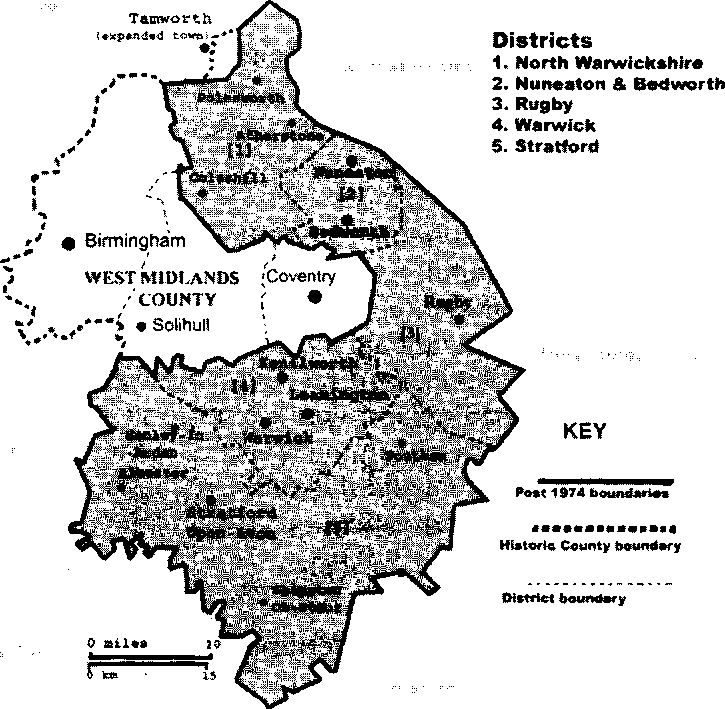
- •1.1Flags and National Symbols
- •1.1.3 London
- •1.3 History
- •1.3.1 Pre-Roman England
- •1.3.2 Roman Britain
- •1.3.3 The Anglo-Saxons, Celts, Vikings and the Dark Ages
- •1.3.4 The Norman Invasion
- •1.3.5 Norman and Other English Castles
- •1.3.6 The Tudors
- •1.3.7 Civil War and Oliver Cromwell
- •1.3.9 The British Empire
- •1.3.10 World War 1 and the /inter-wai/ years
- •1.4 Language
- •1.5.1 System of Government
- •1.5.2 System of Education
- •Infant School or Primary School
- •1.5.3 Law
- •1.5.4 Religion
- •1.6 Mass media
- •2.1 Flag and National Symbols
- •2.2.1 Physical Geography
- •2.2.2 Human Geography and Demographics
- •2.2.3 Washington dc
- •2.2.4 New York
- •2.3 History
- •2.3.1 Native Americans
- •2.3.2 Immigration and the creation of the usa
- •200 Mies
- •2.3.3 Racial inequality and the Civil War
- •2.3.4 Growth and expansion
- •2.3.5 The rise of modern America after ww1
- •2.4 Language
- •2.5.1 System of Government
- •2.5.2 System of Education
- •I.Fa gui
- •2.5.3 Law
- •2.5.4 Religion
- •2.6 Mass media
1.5.1 System of Government
England has no central government, instead using elements of the British system, which is itself rapidly becoming fragmented by the splitting-off of the Scottish Parliament, and to some extent, the Welsh Assembly. The existence or not of the Irish assembly has varied since the late 1960s, depending on the status of Peace Talks with Sinn Fein and the IRA.
Although there are calls by some for a Devolved (separated) English Parliament, there appears to be little popular support for independence of England from the UK - perhaps due to its dominance in the Union. Those groups that do campaign for such a thing tend to be right-wing organisations with very little popular support.
The current Labour government favoured the establishment of regional administration, claiming that England was too large to be governed as a sub-state entity. A referendum on this issue in the North East England on 4 November 2004 decisively rejected the proposal and it is unlikely that similar referendums will be held in other regions in the near future.
Local Government
England is divided into nine governmental regions: Greater London, South East England, South West England, East of England, East Midlands, West Midlands, North West England, Yorkshire and the Humber and North East England.
These are subdivided into "traditional" counties, of which there are 39, but not all of these now have any administrative identity today. Instead, the tradition of defining administrative units by population continues as Local Authorities, which mav be "Unitary", as are some counties, all 34 London Boroughs and all major cities or conurbations. The others are "Non-Unitary".
Local Government is by councils, ranked by size and level of autonomy. The most common "Non-Unitary" hierarchy is two-level with the County council being the higher level and District councils being the lower level. The two levels have different sets of responsibilities; for example, education is administered at the county level, local planning at the district level.
Large cities and conurbations have "Unitary" councils with one-level that combines the function of County and District council. Some administrative counties also are unitary as they have no layer of Districts below them.
As an example of these definitions, see the map below. The Warwickshire of 2005 has a County council and five District councils. Until 1974, today's West Midlands County was part of Warwickshire and comprised of three further Districts of Birmingham, Coventry and Solihull. Today it is three Unitary Authorities, grouped as a county. These changes were made in 1974 because the population of what is now West Midlands County grew massively after the second World War. Such changes are periodic: after the Kingdom of Mercia was assimilated into England and divided into Shires in the 11th Century, Coventry became a Shire as it was then the largest citv in the region. Coventry's status has changed many times since then.

Warwickshire and West Midlands today, above, showing the three unitary authorities in white and the non-unitary authority shaded with its five districts.
Boundaries frequently change and the number of authorities also continually varies.
